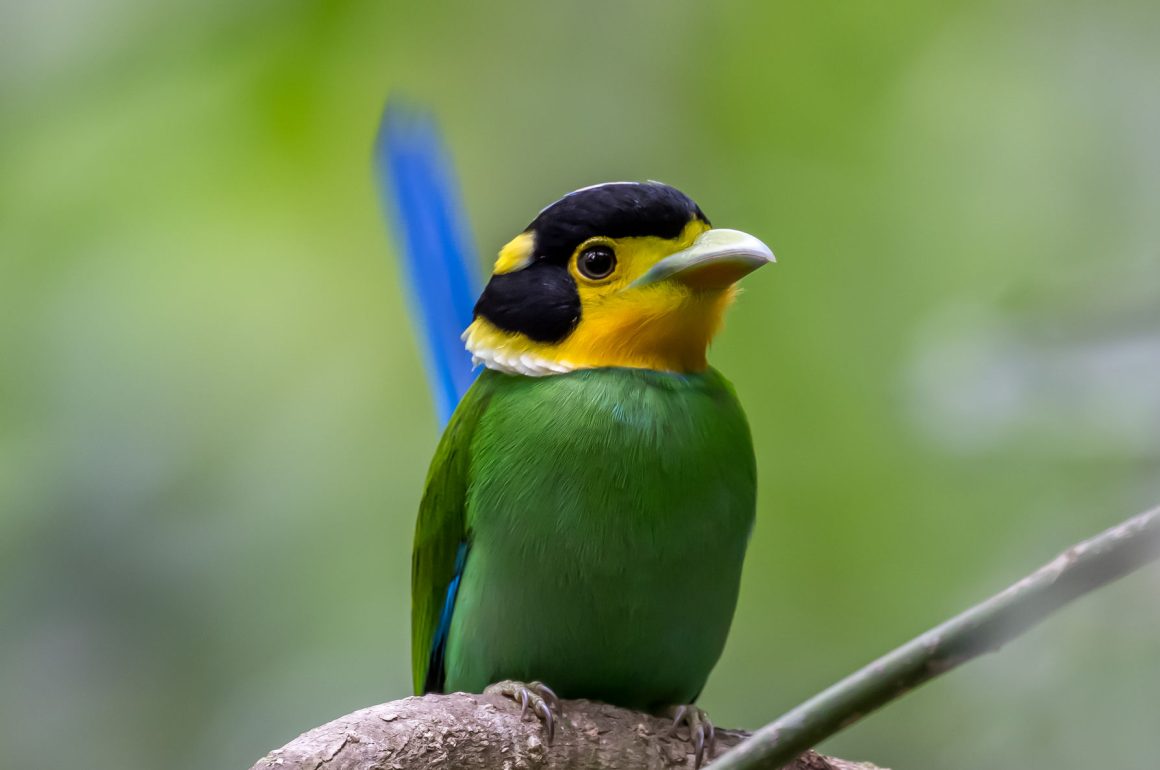
While Cat Tien has the Black-and-red Broadbill (and some others that I did not see), Di Linh has two other species of broadbill – both also very attractive. The first is the Silver-breasted Broadbill.
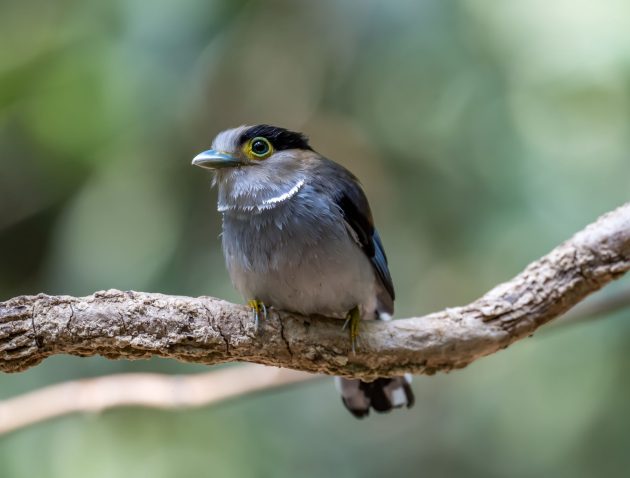
In an uncharacteristic exuberance, the HBW calls it ” one of Southeast Asia’s most iconic forest birds”.
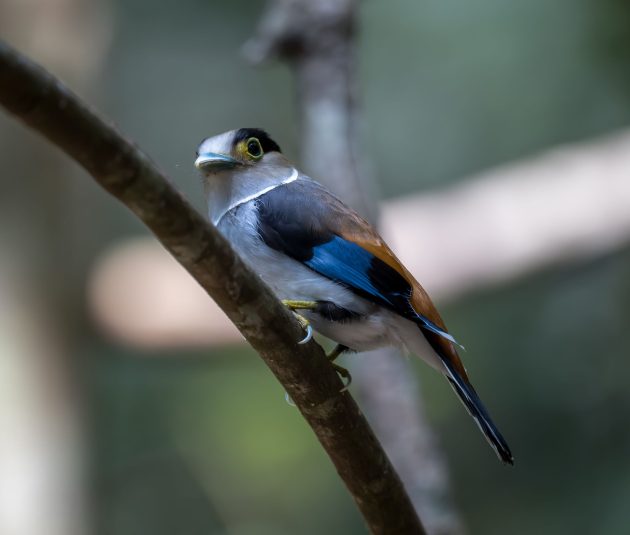
Only the females have a thin, silky-white line across the breast (males do not have necklaces, it would make them look too feminine – these birds are not rappers).
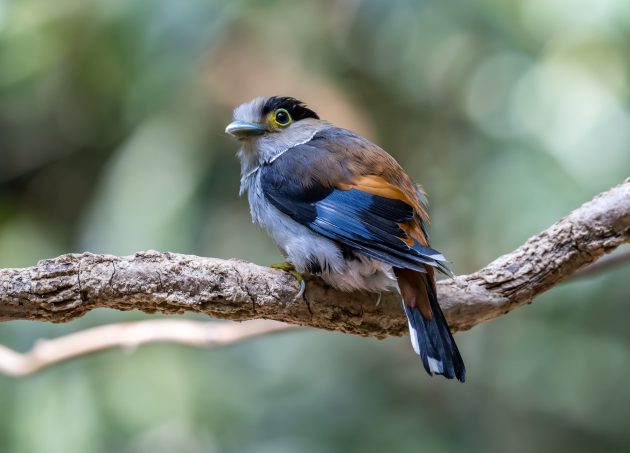
The lunatus in the scientific name Serilophus lunatus means crested and refers to what professional birders refer to as their supercilium – the “stripe which runs from the base of the bird’s beak above its eye, finishing somewhere towards the rear of the bird’s head” (source).
There is also a company called Supercilium (www.supercilium.com) offering cosmetics under the motto “DEFINE.SCULPT.CONTROL YOUR PERSONALIZED BROW ROUTINE”, but to my knowledge, the Silver-breasted Broadbill is not a customer of this company as it cannot afford even the simpler offerings such as the Brow Lamination & Lash Lift Glaze Starter Kit for USD 128. In my opinion, it is beautiful enough without the help of such products anyway.
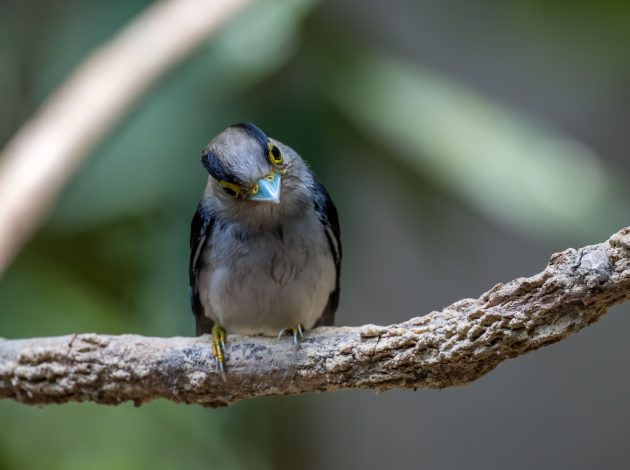
If you happen to be interested in Silver-breasted Broadbill pornography (you know who you are), look here.
While the Silver-breasted Broadbill still looks halfway like a real bird, the Long-tailed Broadbill takes looking like a Playmobil figurine to another level.
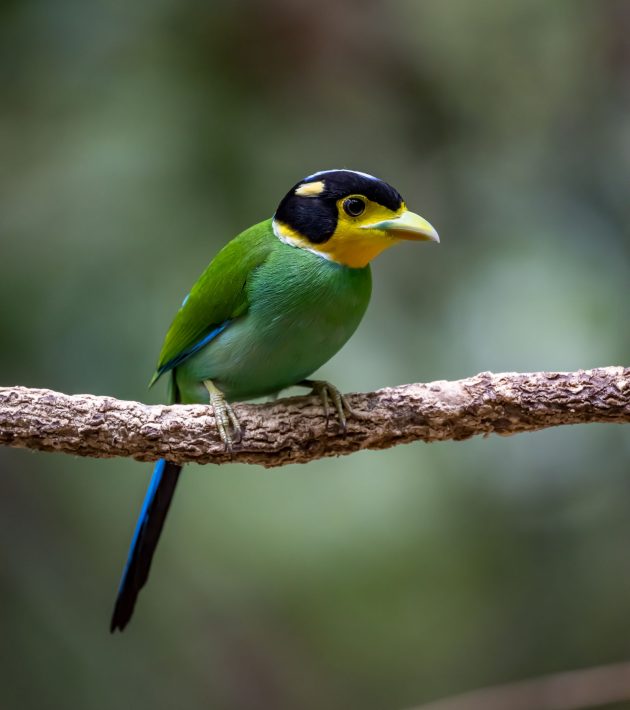
eBird agrees with me, calling it a “gaudy, cartoonish-looking bird of tropical foothill and montane forests”, though I think “gaudy” is a bit harsh: Oxford Languages defines gaudy as “extravagantly bright or showy, typically so as to be tasteless”. And a site named Vocabulary.com adds “Someone in a gaudy outfit is probably trying too hard to be cool and stylish”. Poor bird.
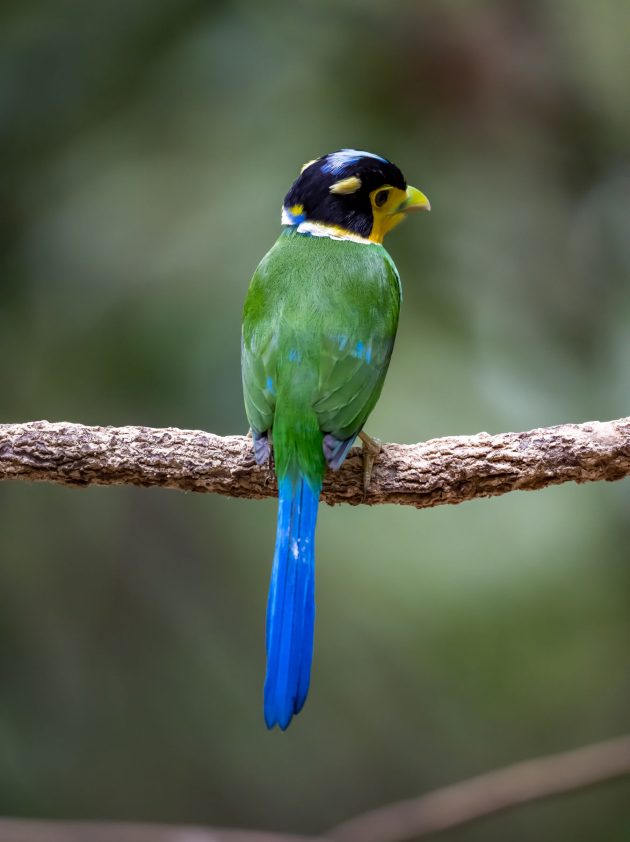
In Nonggang, Guangxi, China, the Long-tailed Broadbill mainly builds nests on power lines (88.5%), a strategy that prioritizes predator avoidance over nest-site concealment (source). Makes you wonder where they nested 200 years ago (I call this the Barn Owl question).
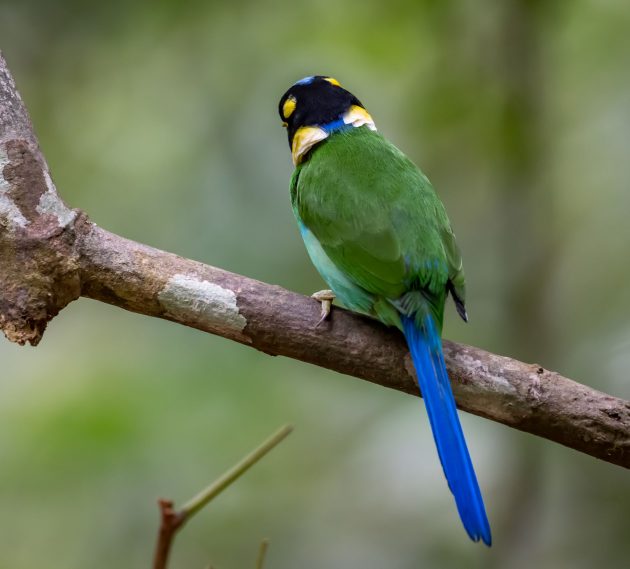
The scientific name Psarisomus dalhousiae commemorates Christian Ramsay née Broun Countess of Dalhousie (1786-1839), a Scottish plant collector and the wife of George Ramsay 9th Earl of Dalhousie, Gov.-Gen. of British North America, Commander in Chief, East Indies. One report mentions that she was so dedicated to her botanical studies that she died with a list of plants in her hand (source).
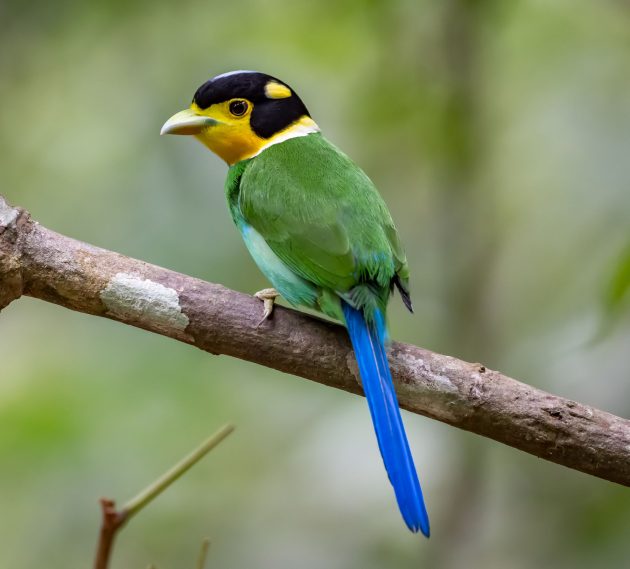
Similar to the Silver-breasted Broadbill, the Long-tailed Broadbill also suffers from being captured for the cage bird market in Thailand. Shame on these people.
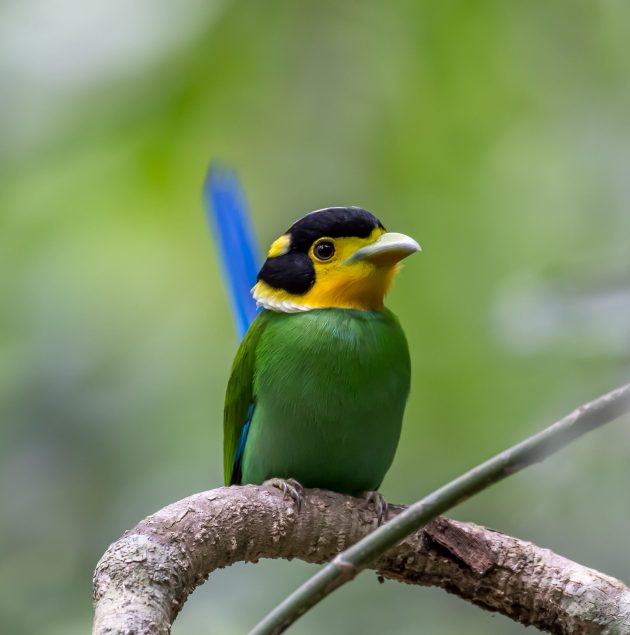
The Indian White-eye is one of the more than 100 species of similar-looking White-eyes, making it rather hard to say anything interesting about it.
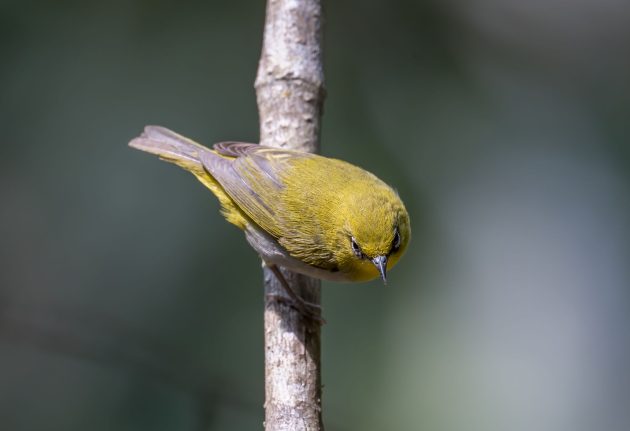
And the scientific name Zosterops palpebrosus (palpebrosus means having prominent eyelids) does not really add anything either.
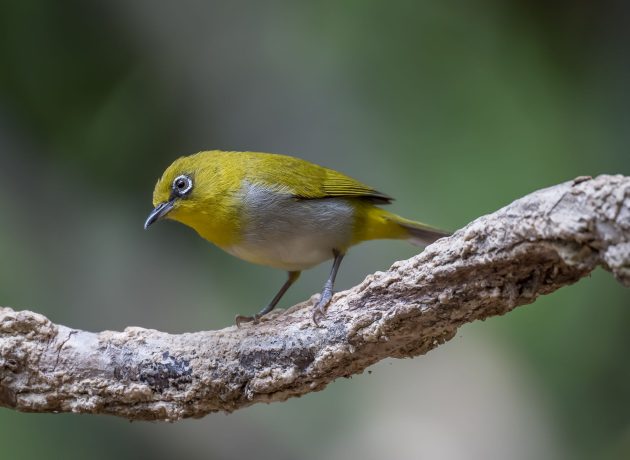
If there ever is a category for “Best Instrumental Indie/Alternative Track on Horseracing”, my clear favorite is “Arkle” by It’s Jo and Danny. Just saying. And no, this has no relation to the paragraphs before or after.
Despite its scientific name Stachyris nigriceps, the Grey-throated Babbler does not look particularly black-headed (nigriceps).
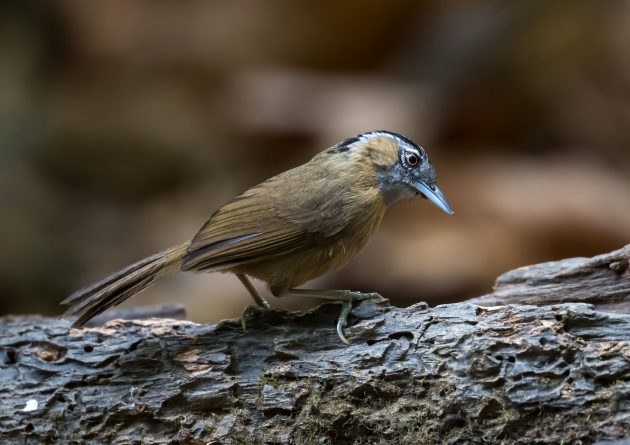
These babblers forage in smallish social groups of largely unrelated individuals – apparently, this increases the chance for male group members for extrapair and extra-group paternity (source). Kind of like joining Tinder.
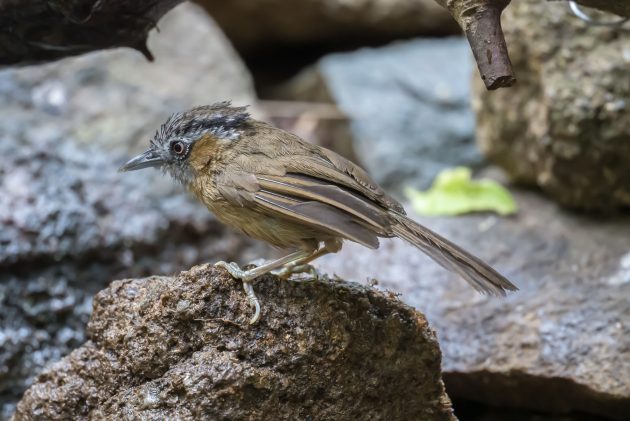
The White-browed Scimitar Babbler spends most of its time on the ground or hidden in the low undergrowth, though the photos below do not really show that.
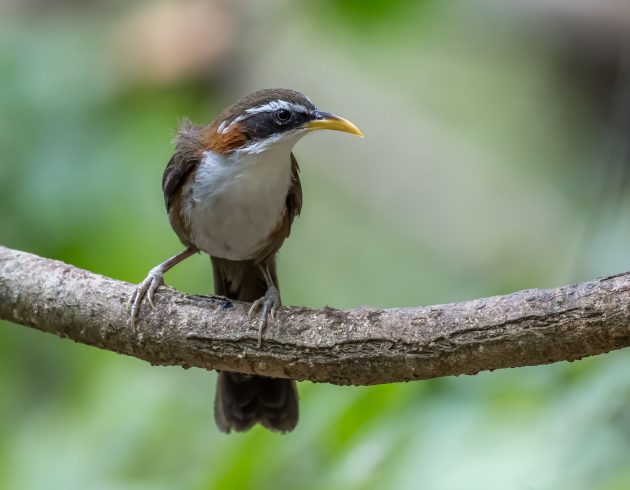
NepalDesk gushes that “The White-browed Scimitar Babbler (Pomatorhinus schisticeps) is a gorgeous and intriguing bird that calls various regions of Asia home, drawing the interest of both bird lovers and researchers” …
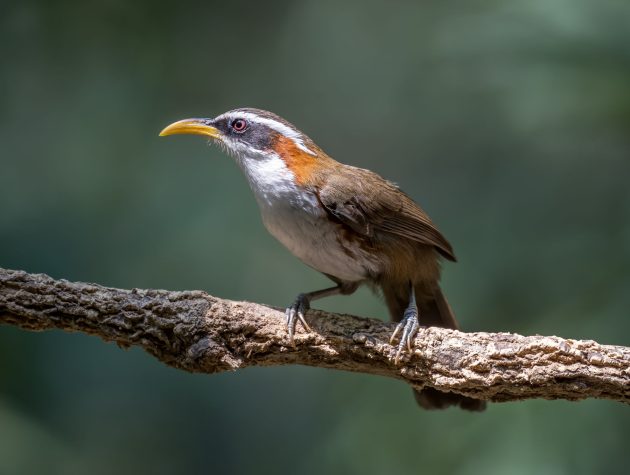
… and asks us to “dive into the amazing world of these feathered creatures”.
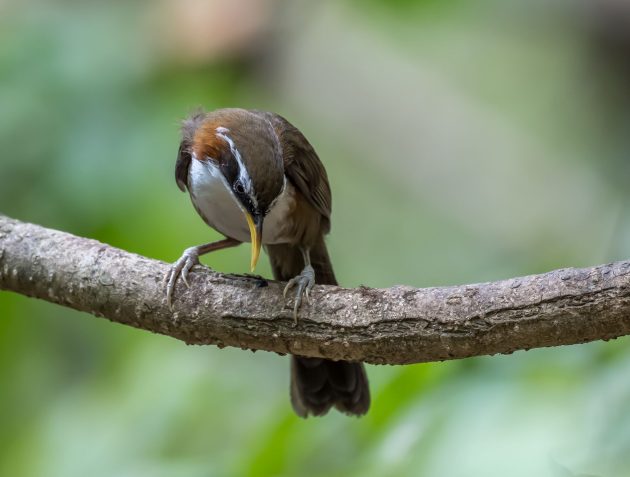
To quote German painter Max Liebermann: “Ich kann nicht so viel fressen, wie ich kotzen möchte.” (I can’t eat as much as I want to vomit) – though admittedly, this was about Hitler, not about NepalDesk.
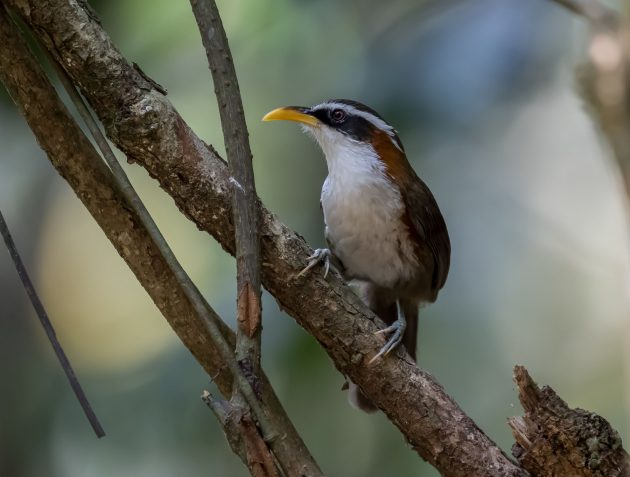
Surprisingly, a study on the breeding ecology of the Streaked Wren-Babbler found that they are well-adapted to their habitat.
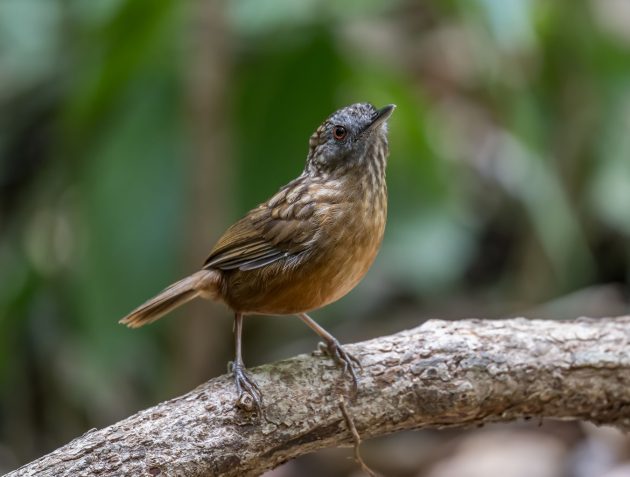
Ok, that was a bit unfair. Here is the full conclusion of the paper: “Our study suggests that several features of the breeding ecology of the Streaked Wren-Babbler, including building nests in rocky cavities, commencing breeding earlier than most species, and reducing foraging times during the incubation period, are well-adapted to the unique habitat of tropical limestone forest.”
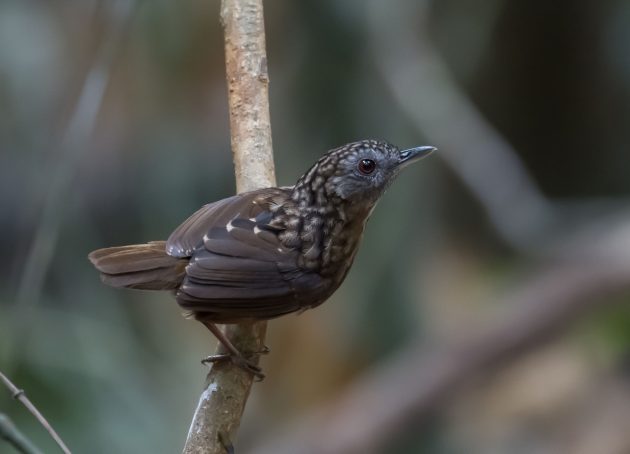
“If I wasn’t so well-adapted, I’d be extinct by now”.
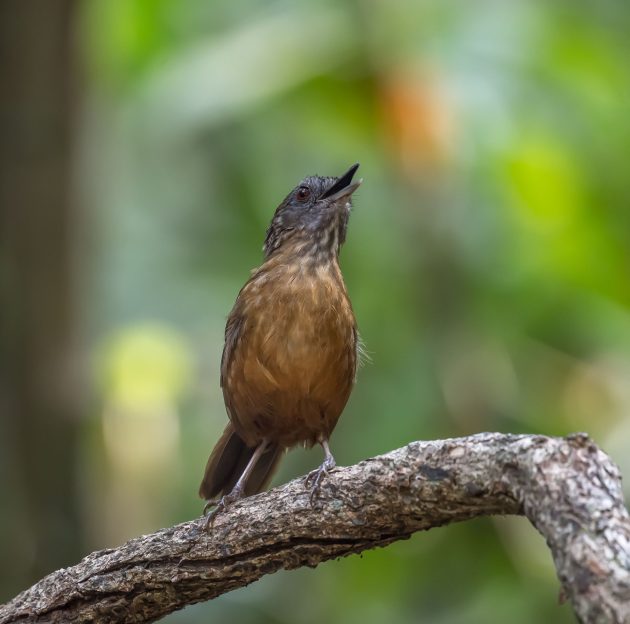
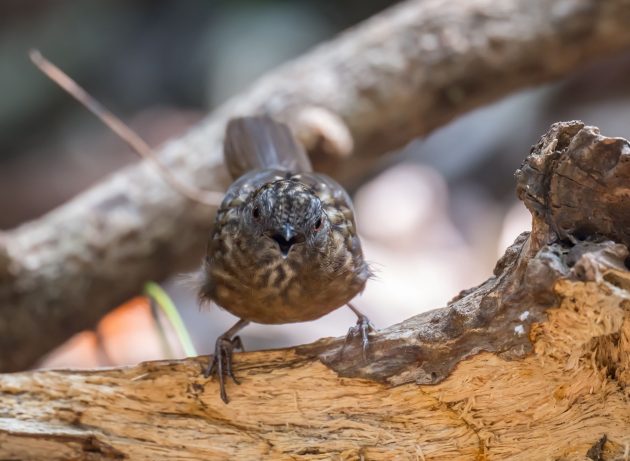
The Buff-breasted Babbler gets a low rating by the HBW: a “featureless smallish babbler”.
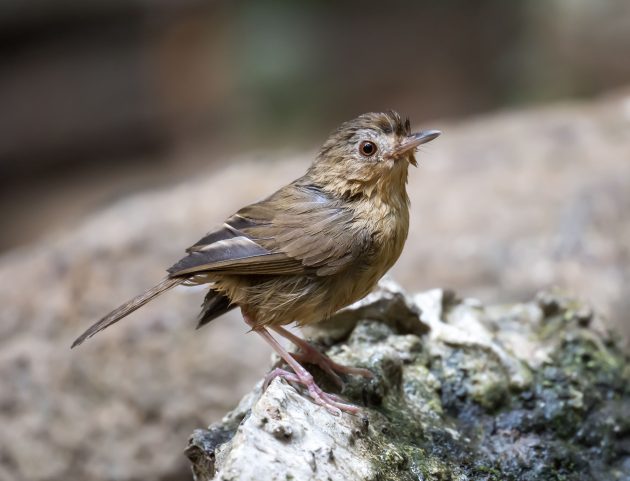
Nevertheless, researchers studied the species in Thailand and found that the “general behavior of birds included foraging, excretion, locomotion, preening and vigilance.” Of course, this is highly relevant information – or to put it in the words of the authors ” This information can be used to help with conservation planning in the area and elsewhere.” The width of this claim fits well with the title of the journal this was published in – Agriculture and Natural Resources.
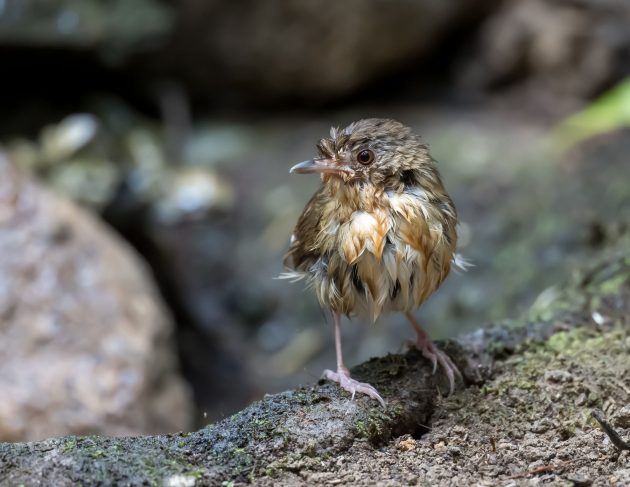
The thin black stripe behind the eye of this Velvet-fronted Nuthatch indicates that it is a male.
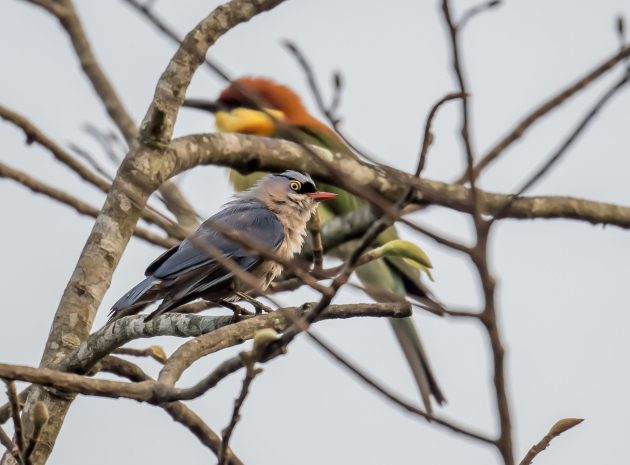
While the general literature (and to a minor extent, these photos) indicate that the bird almost never comes to the ground, there are observations of the opposite.
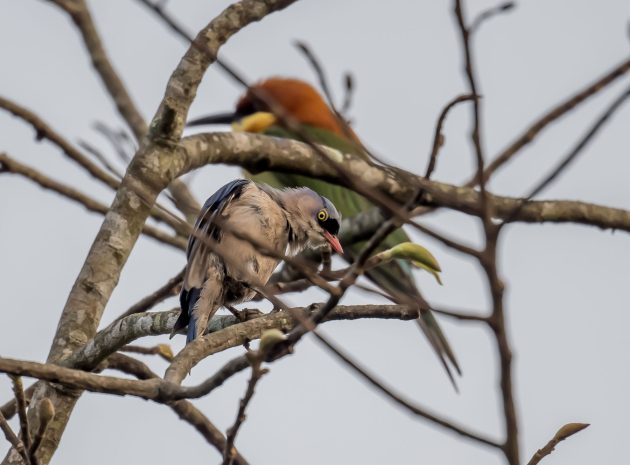
In Hong Kong, the Velvet-fronted Nuthatch may have established a foothold by utilizing an ecological niche not used by other species – focusing on branches of diameters larger than 2 cm and tree trunks (source). Not terribly interesting, I know, but I cannot report on the species being guilty of mass murder or praising it for rescuing children from burning buildings if the scientific literature does not support such claims.
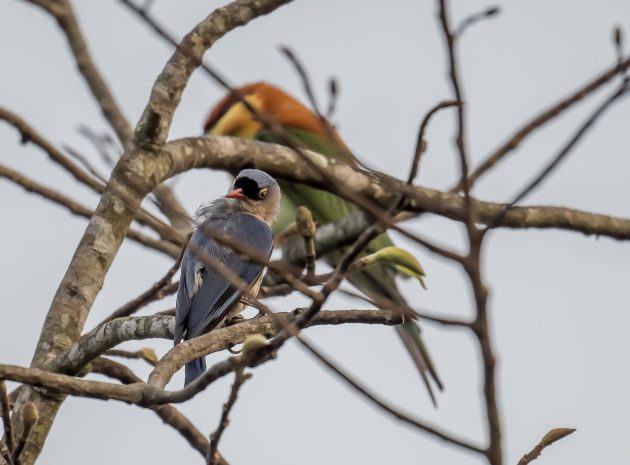
These Chestnut-headed Bee-eaters are not waiting for a bus, even though it looks like that.
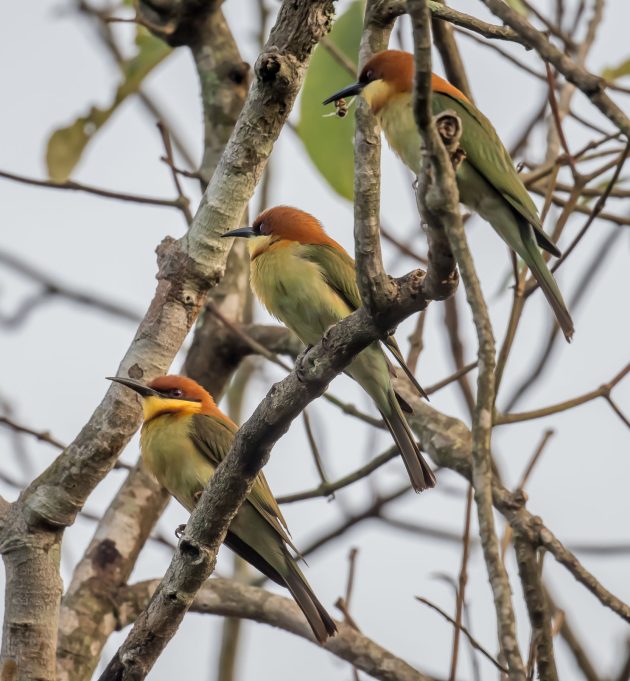
For much better photos and lots of information on the species, look here.
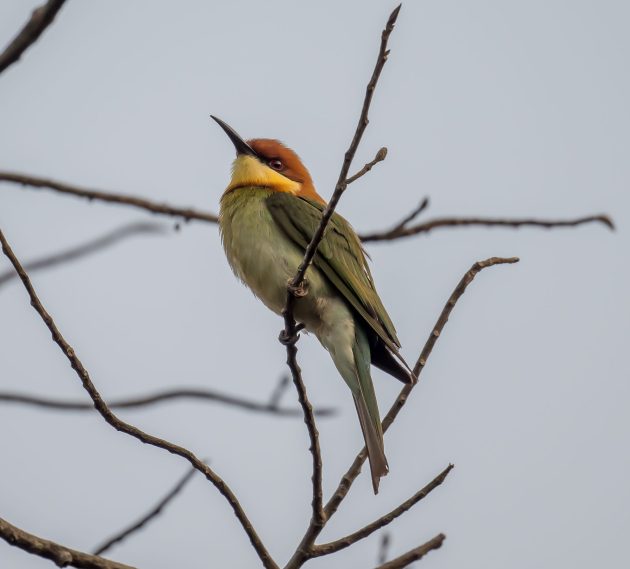
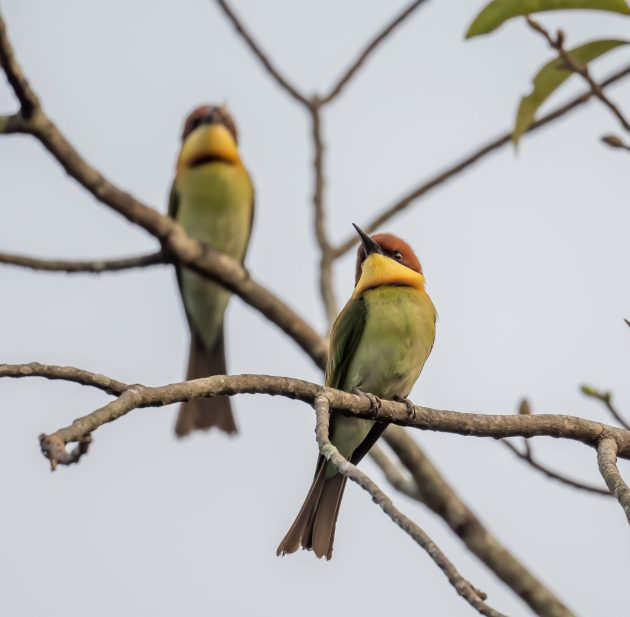
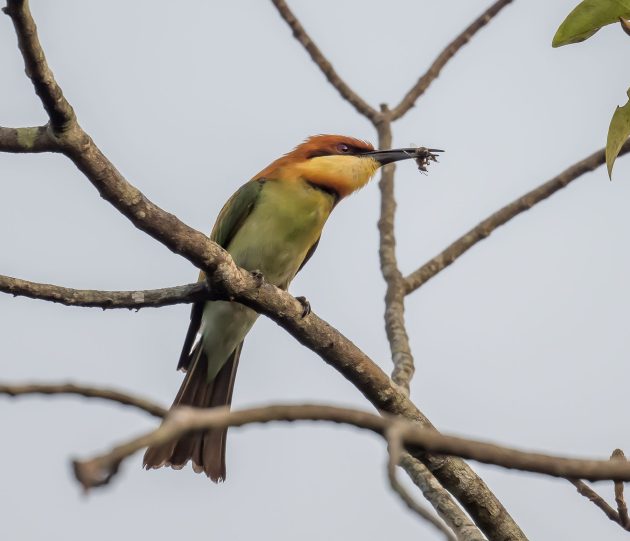
And to end the post, something that also has wings but is not a bird. Nothing more I can say about it.
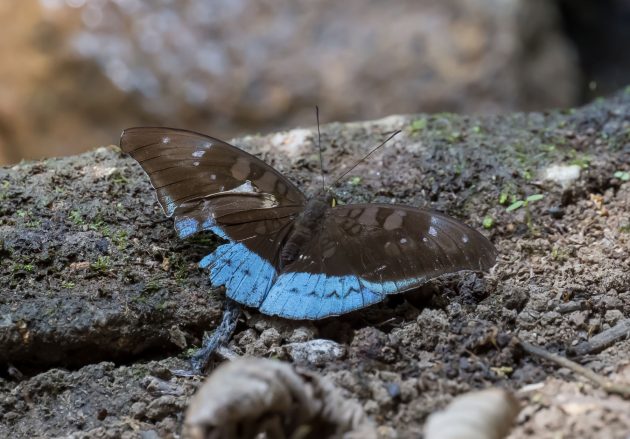






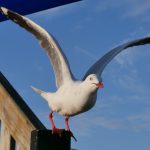
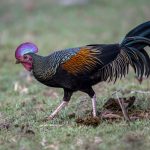
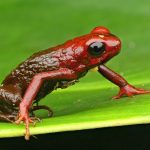
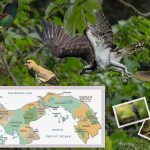


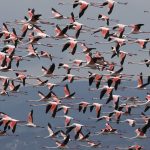
Lovely birds as always. I did a bit of investigating on line and I think the butterfly is a male White-edged Blue Baron.
Great photos, especially the Broadbills. They are now on my ‘must-see’ list!
Do you have details on your camera and lens combination to share?
I use a Nikon Z9 with an 800 mm f6.3 lens, also Nikon
Thanks, Alan!
Thanks Kai, splendid setup!